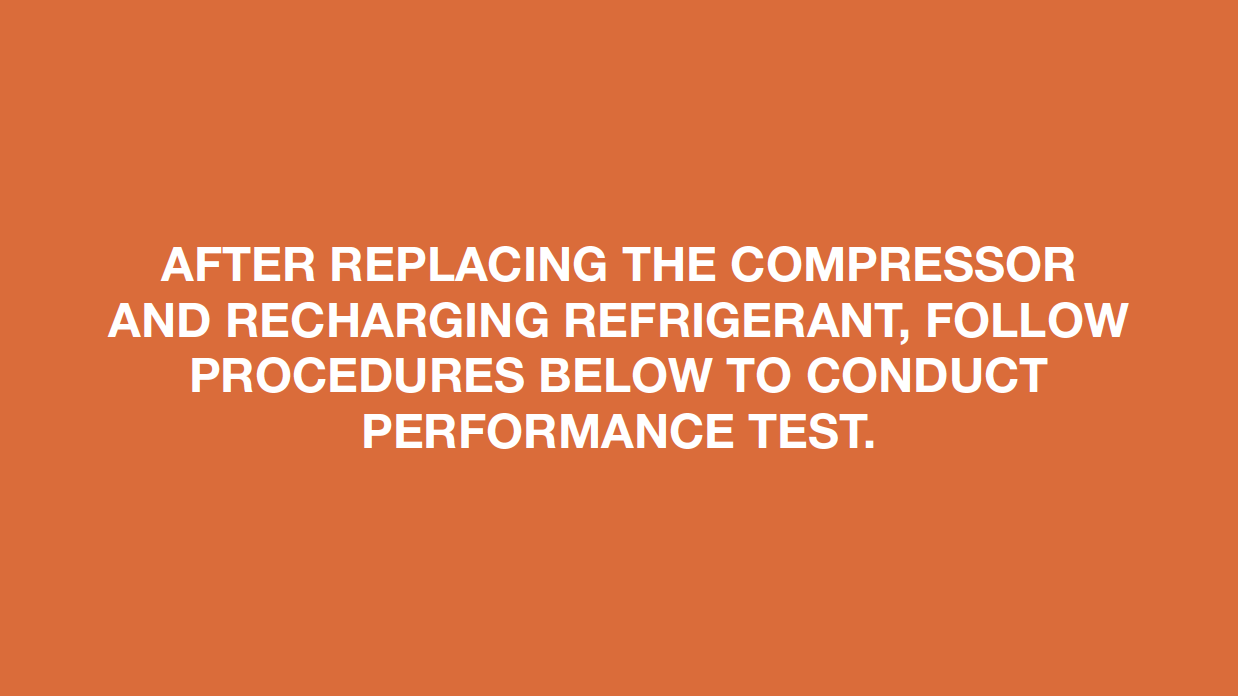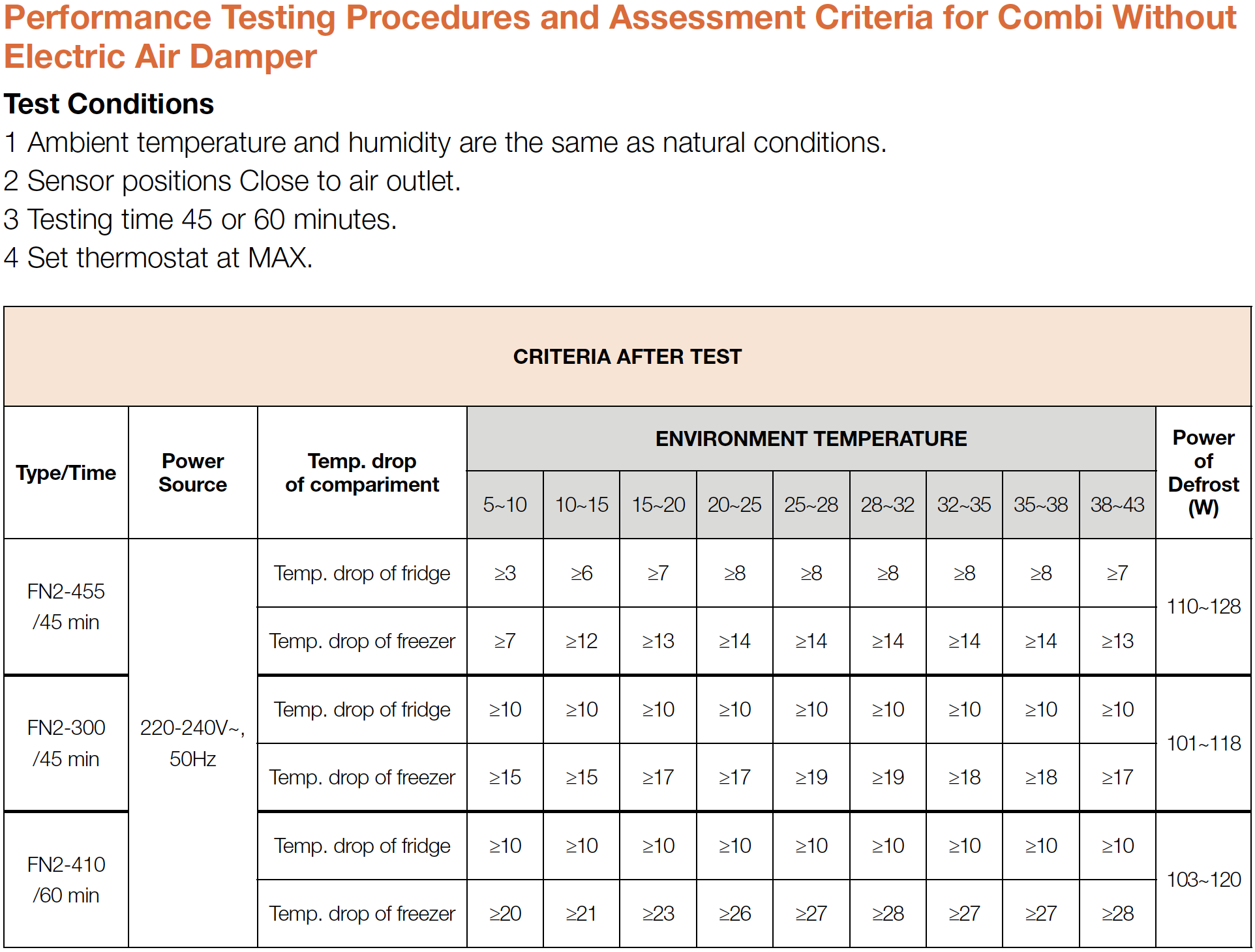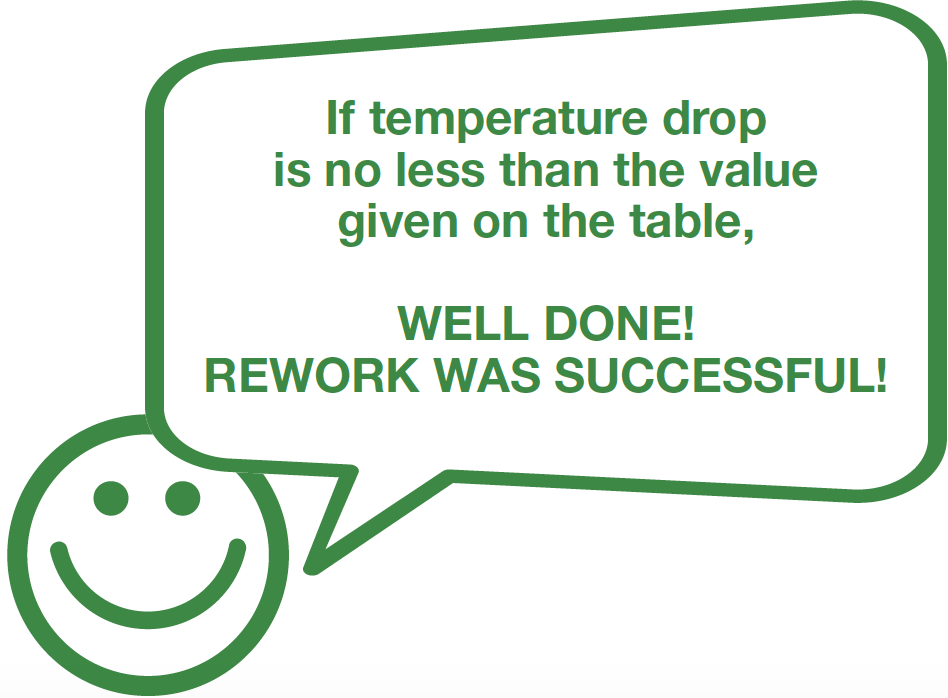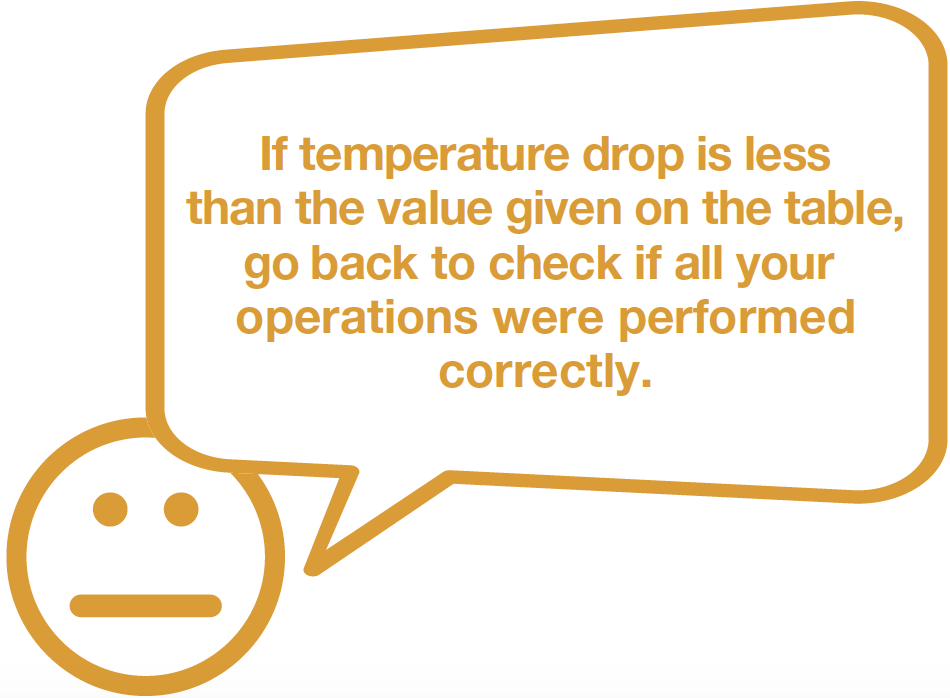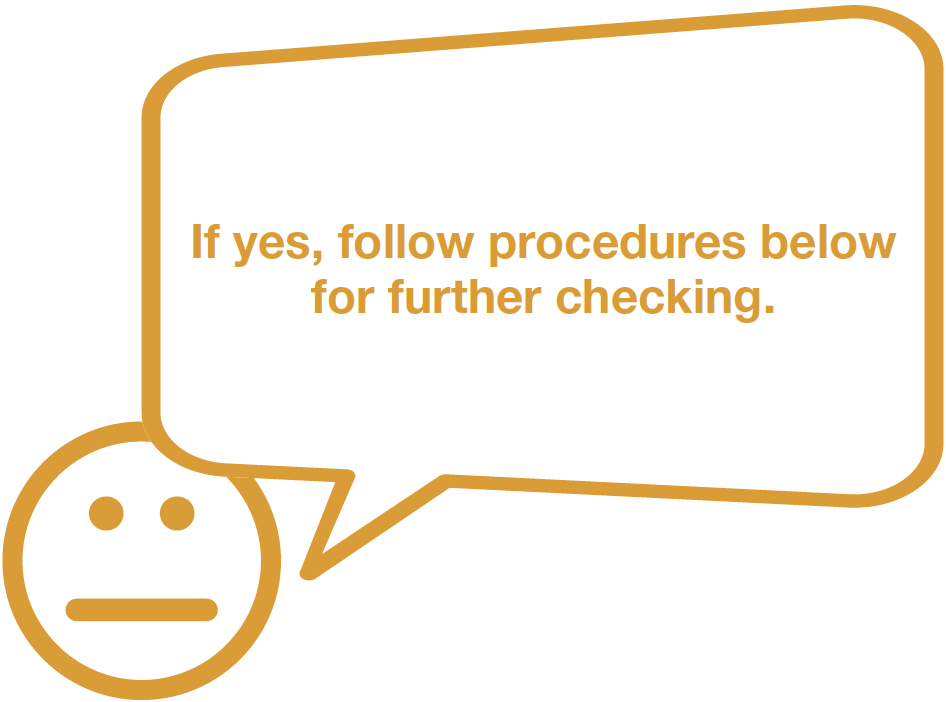

CHECK AND TEST 1
Step 1
Power on the appliance, measure voltage between phases of compressor with a multimeter.
Step 2
Take note of measured value.Voltage between any two phases should be the same (100V~200V).
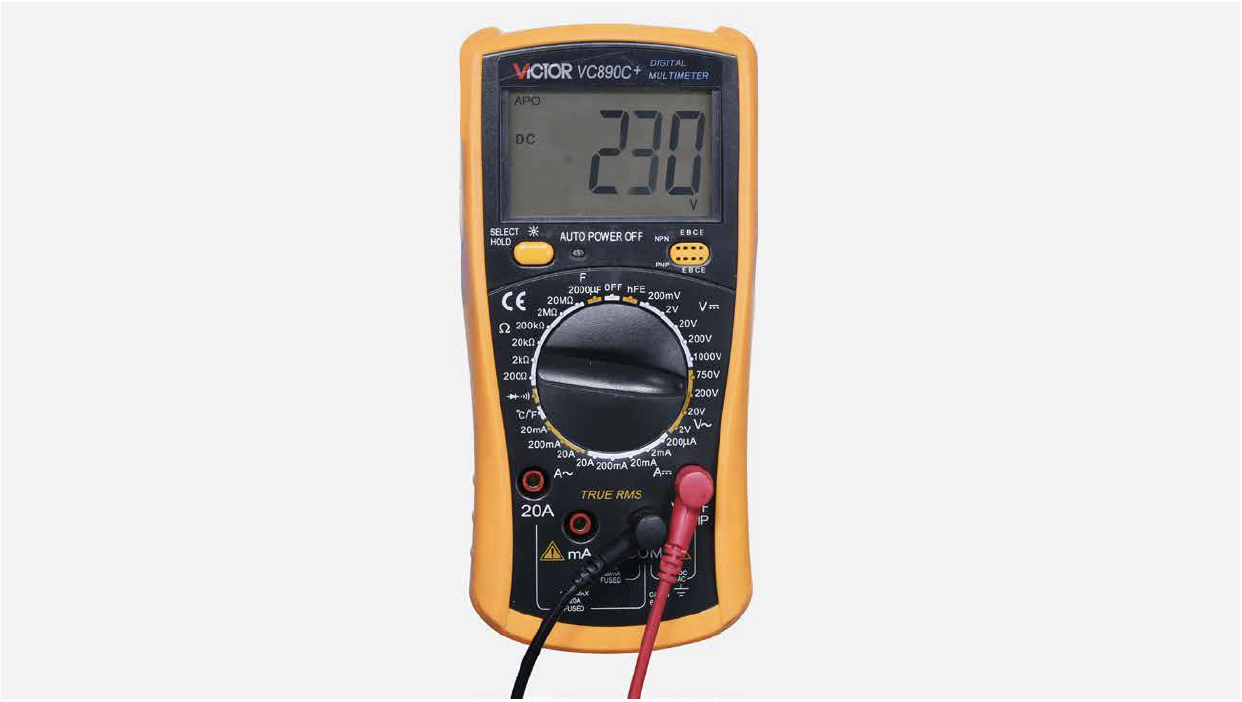
Step 3
Put hand onto compressor for a few minutes to feel if compressor is jammed or not.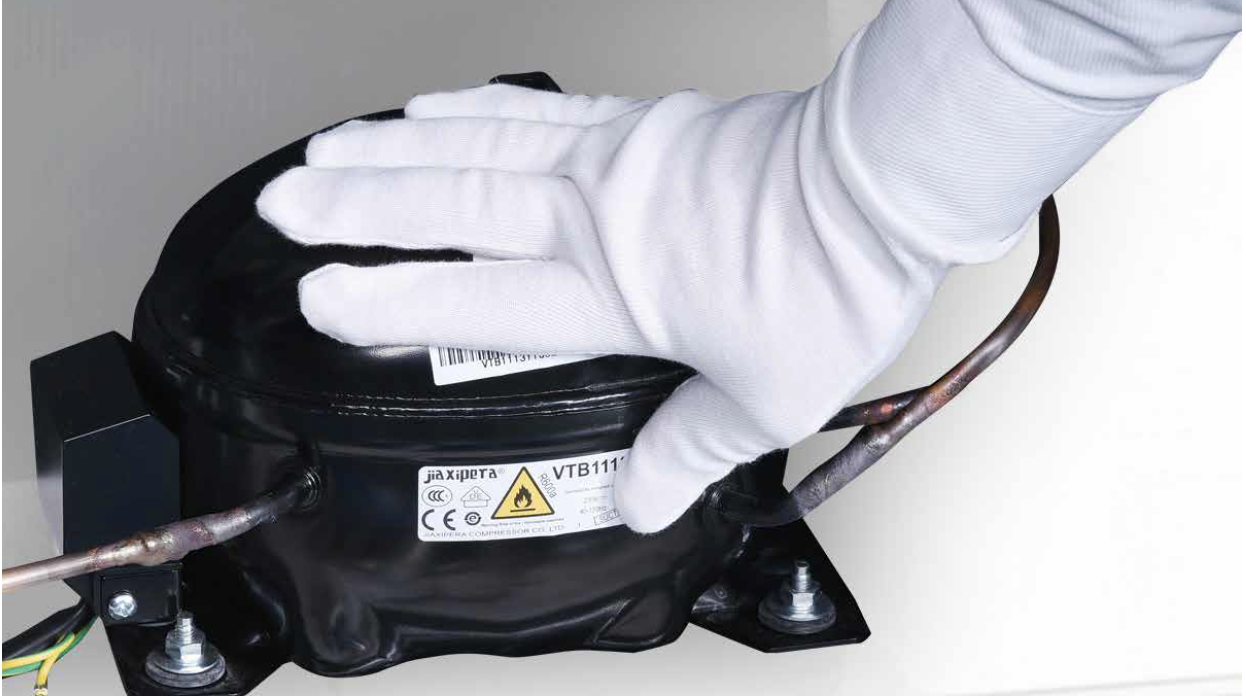

DIAGNOSIS 1
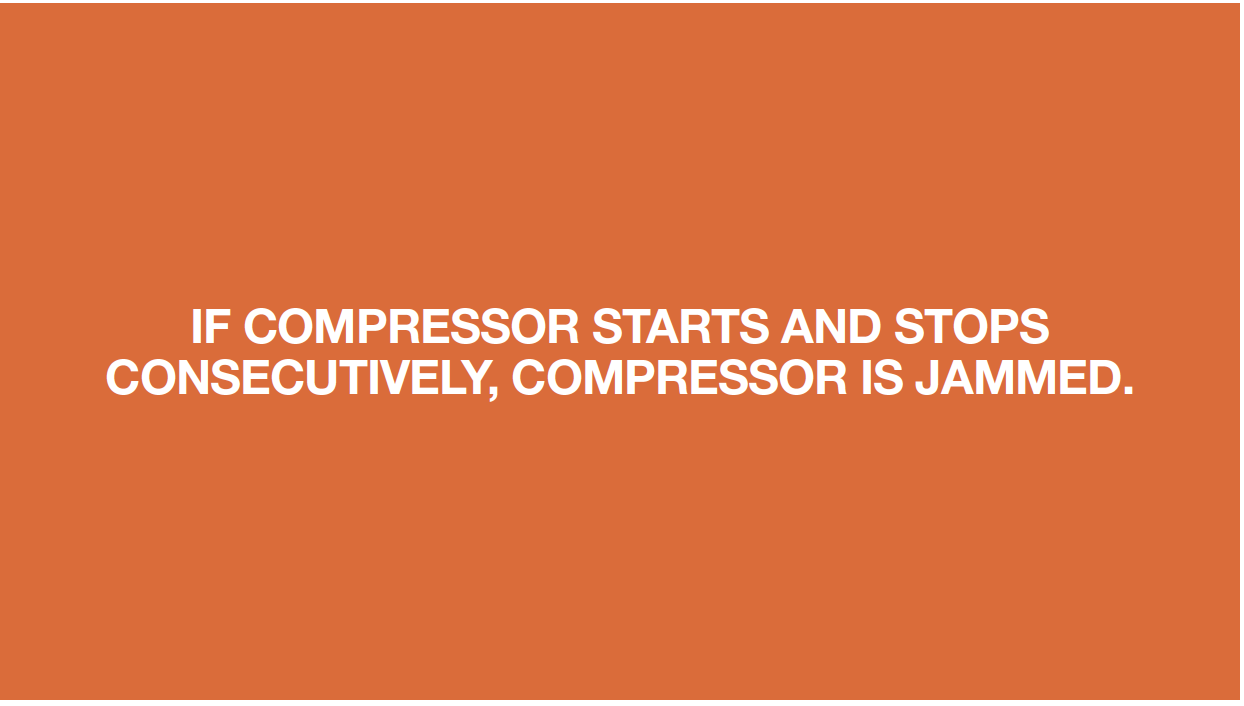
CHECK AND TEST 2
Step 1
Cut off capillary to discharge refrigerant.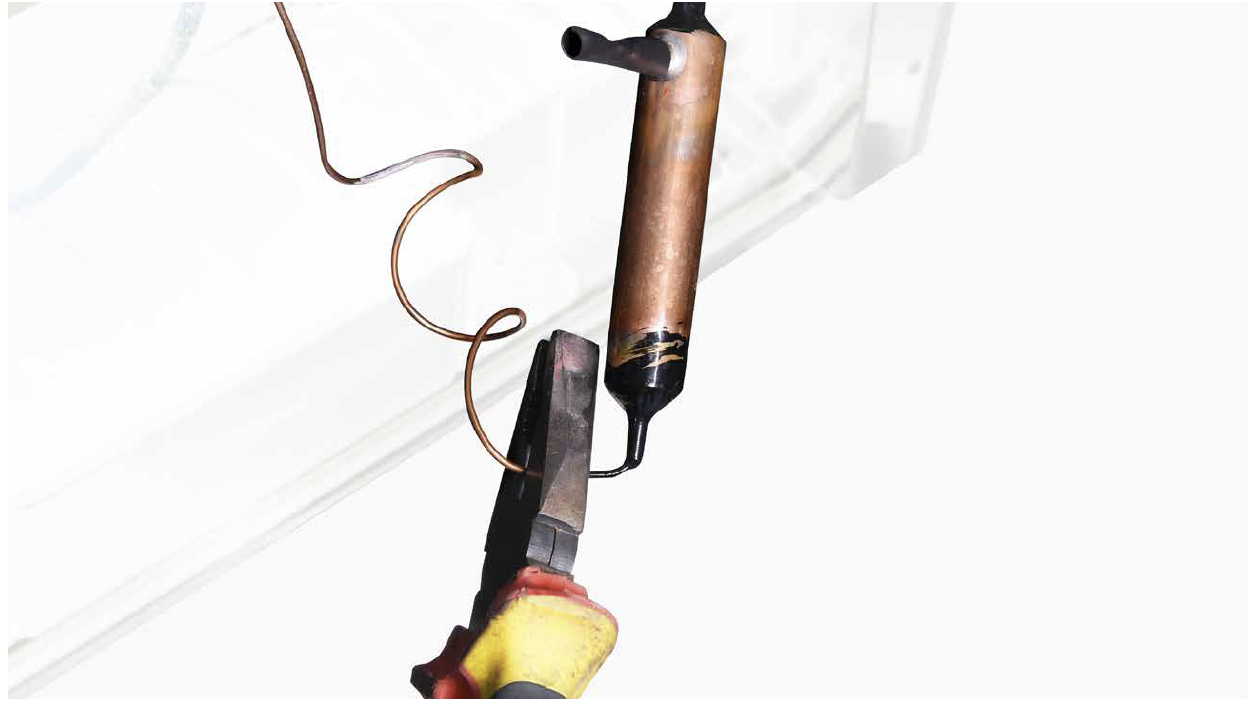
Step 2
Cut off exhaust pipe and suction pipe.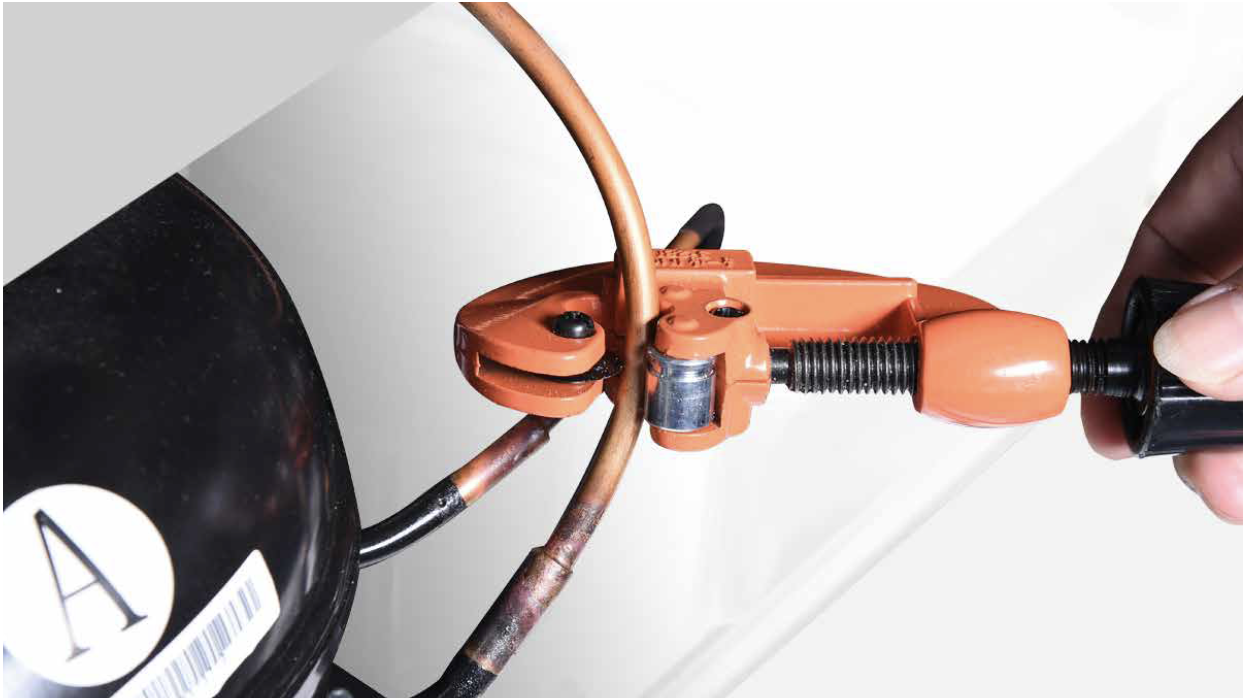
Step 3
Power on the compressor and test exhaust pressure coming from exhaust pipe with a piece of paper.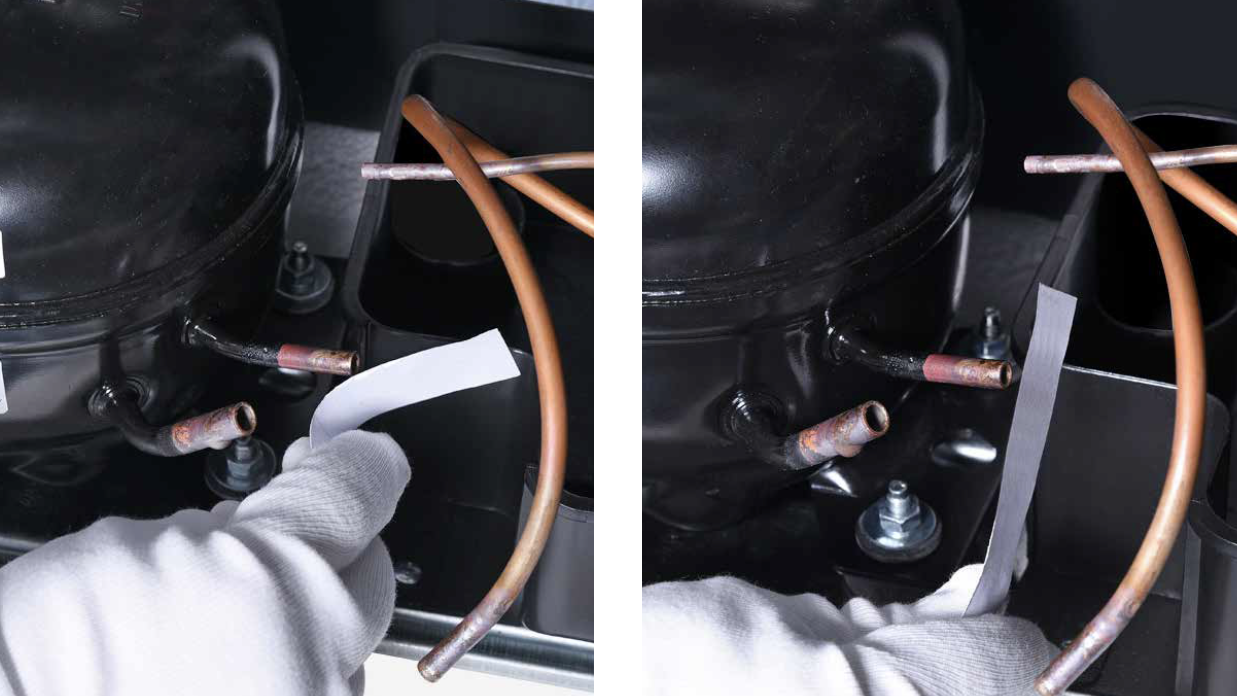

DIAGNOSIS 2
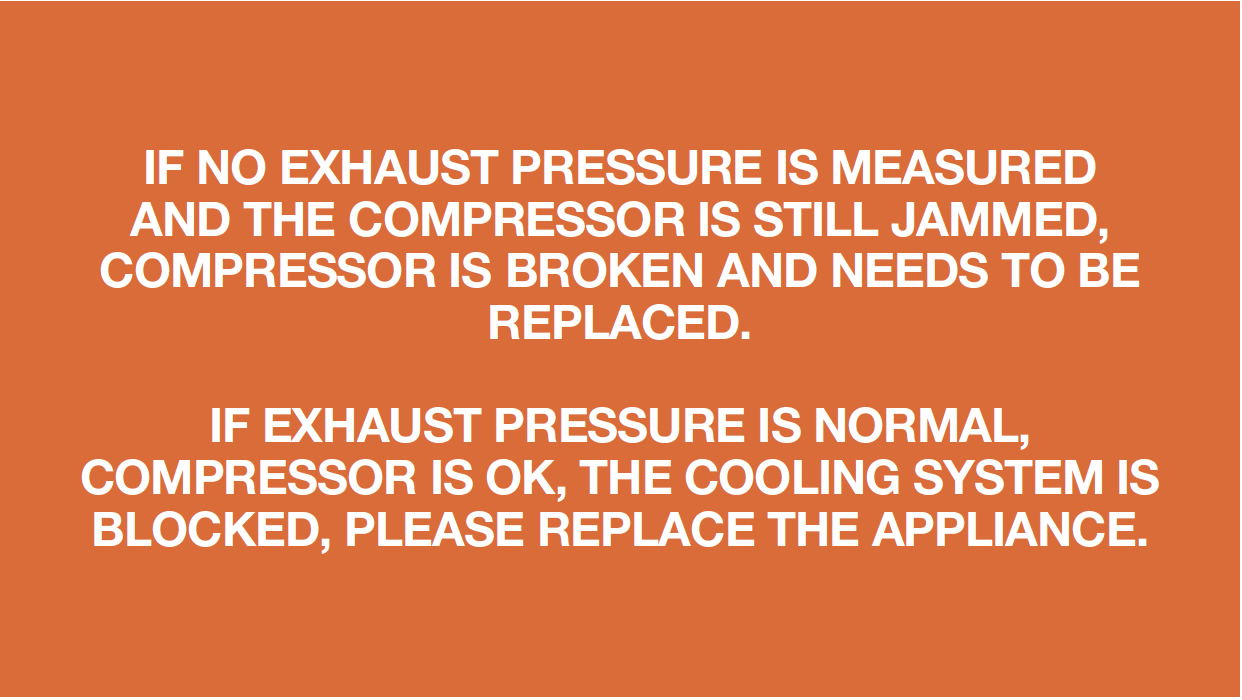
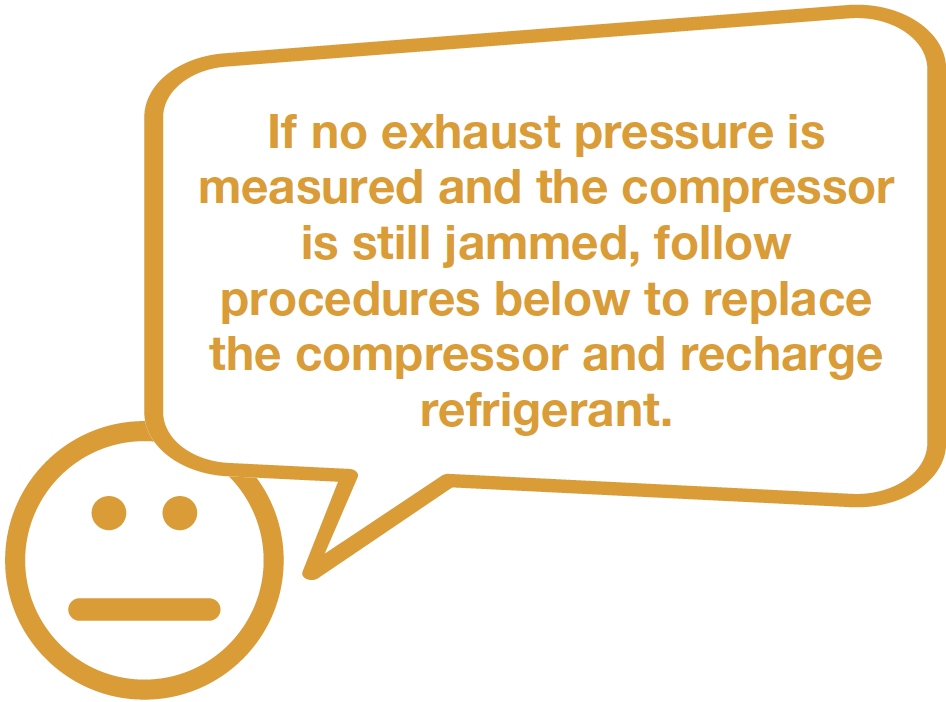
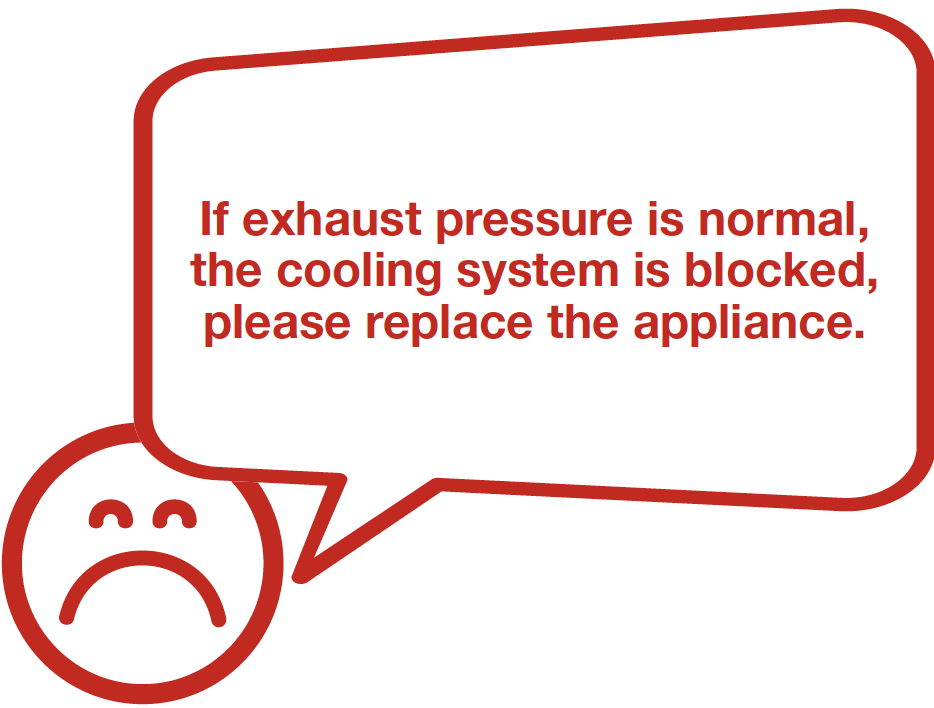
PROCEDURE 1
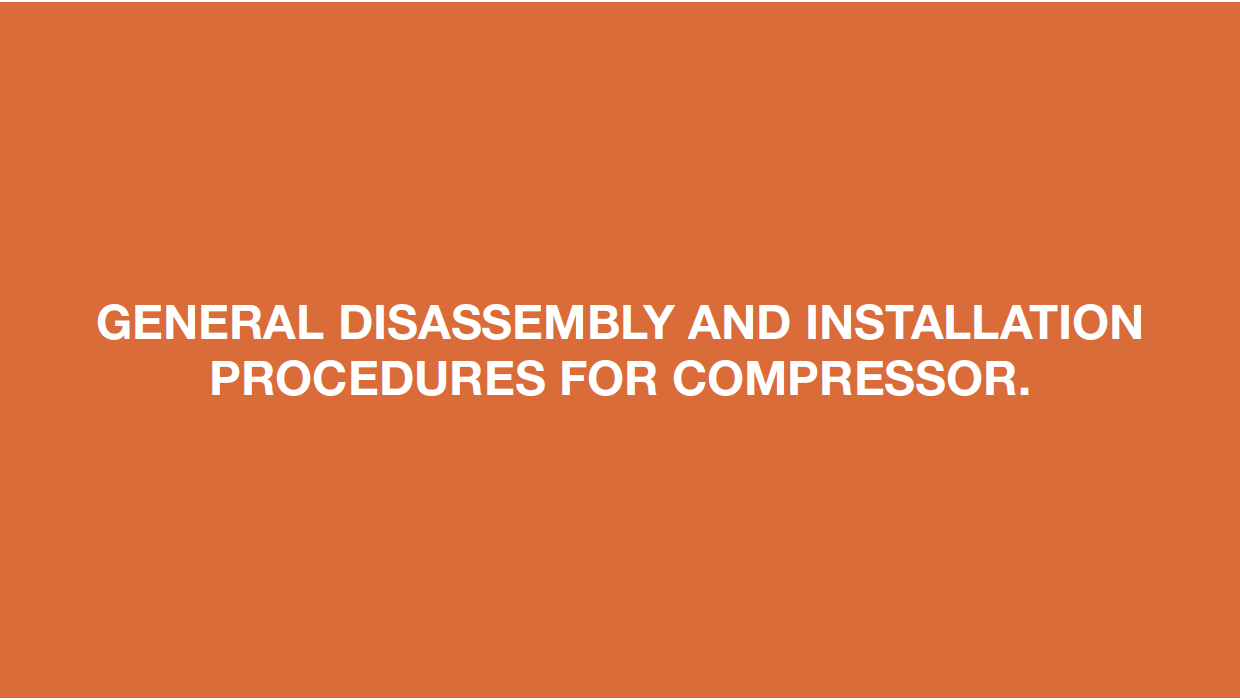
Step 1
Unscrew terminal cover.Step 2
Remove terminal cover.
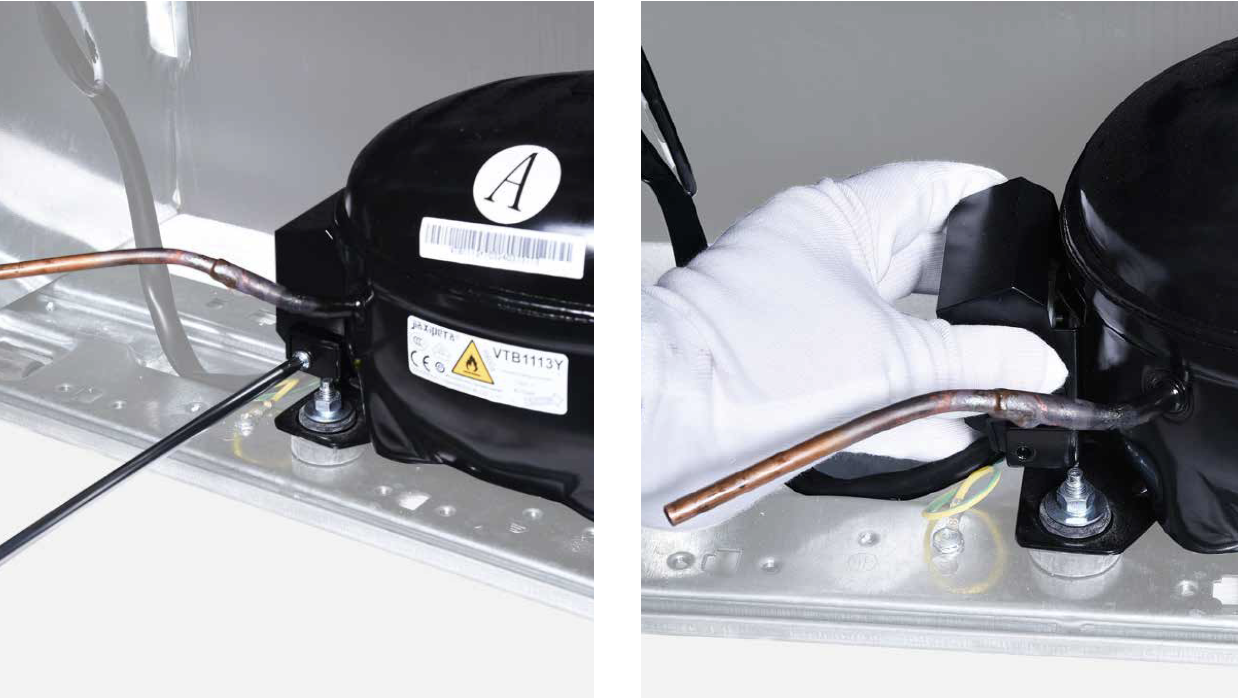
Step 3
Remove protector and starter.Step 4
Unscrew earthing wire.
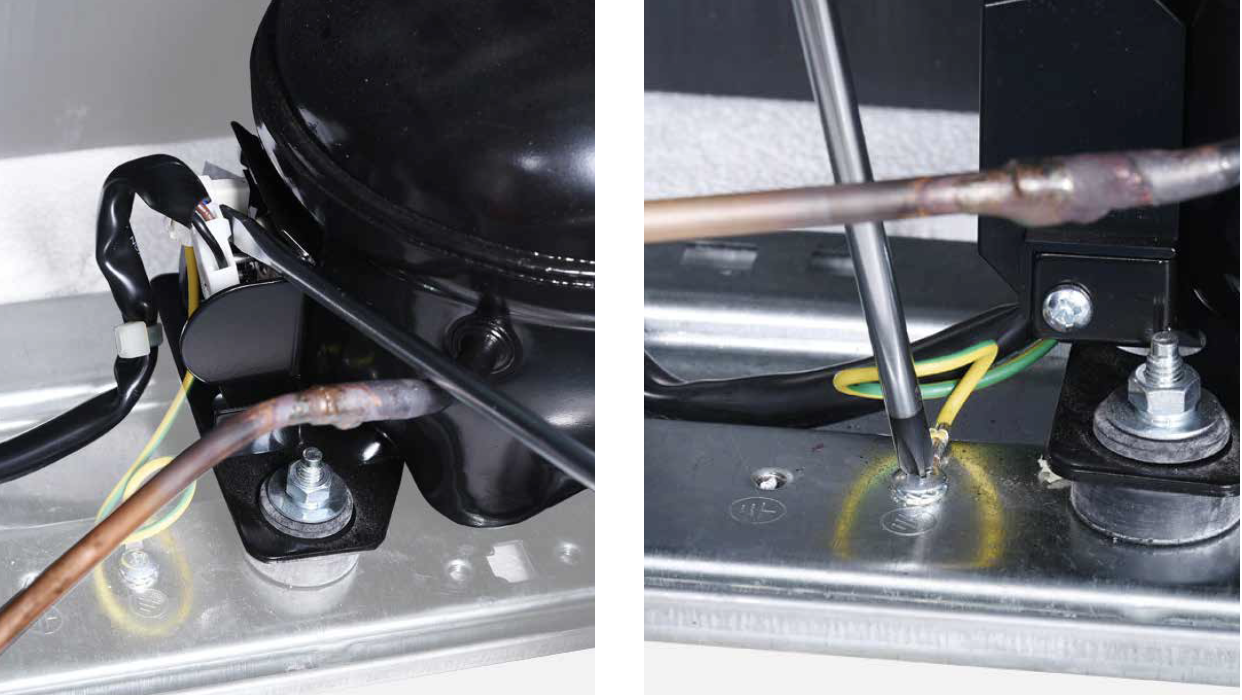
Step 5
Unscrew nut of compressor.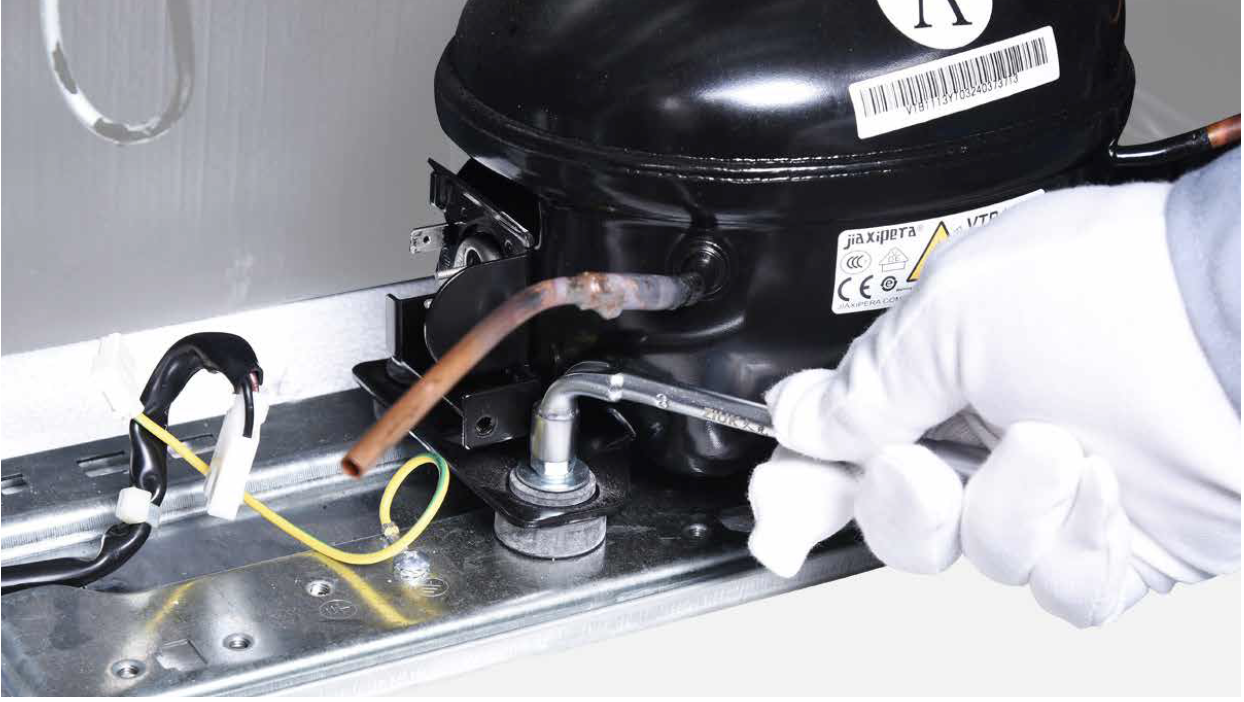
Step 6
Install a new compressor and tighten nuts onto compressor.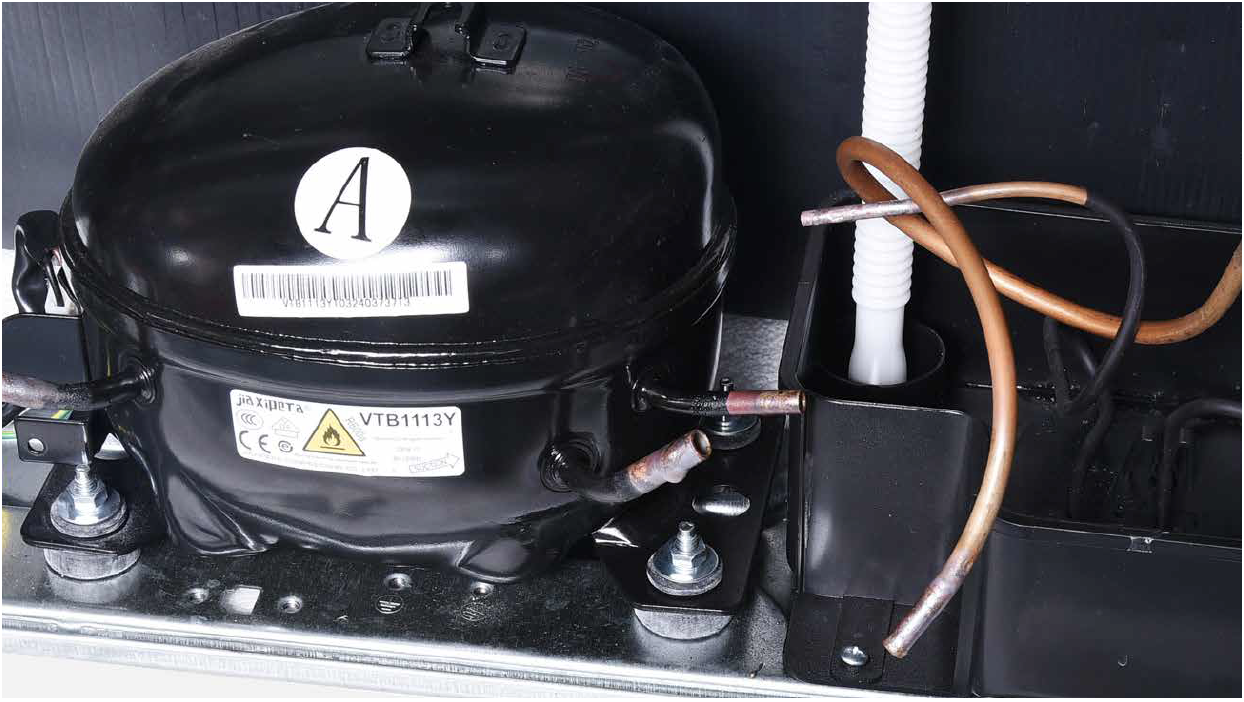
Step 7
Braze the joints of suction and exhaust pipes.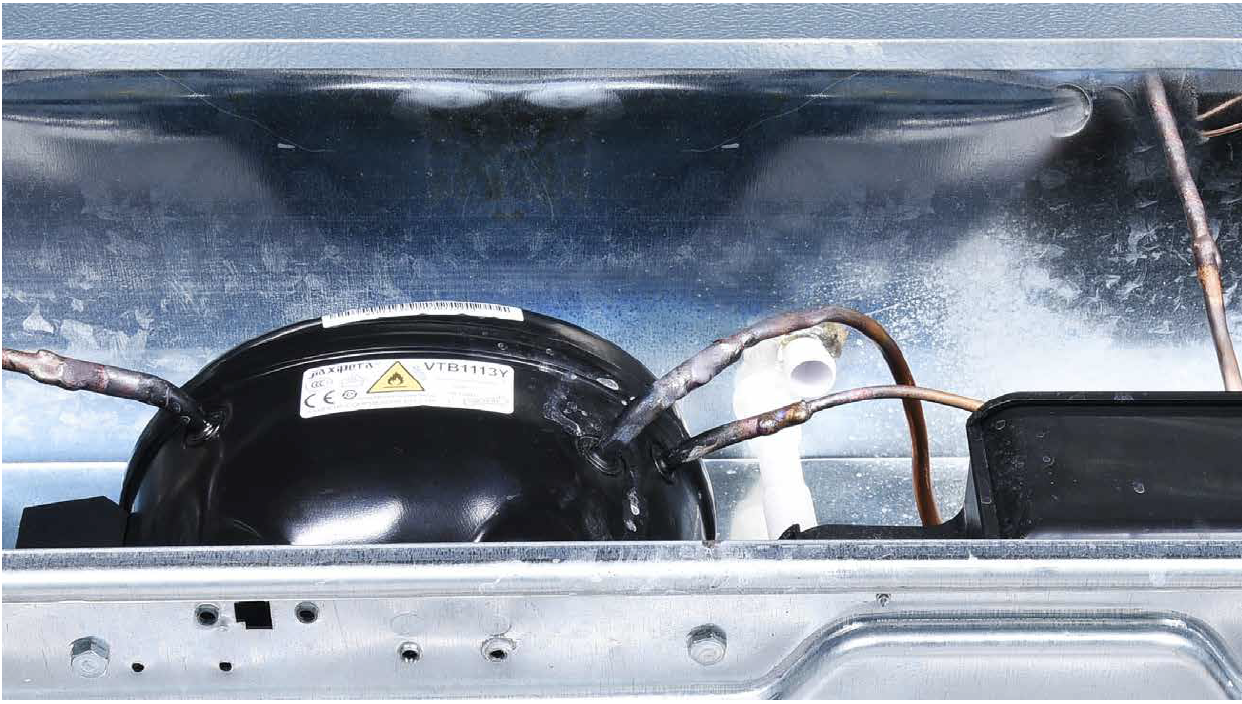
Step 8
Re-braze a copper tube onto compressor processing tube.To get more details on brazing requirements, please go to page 682
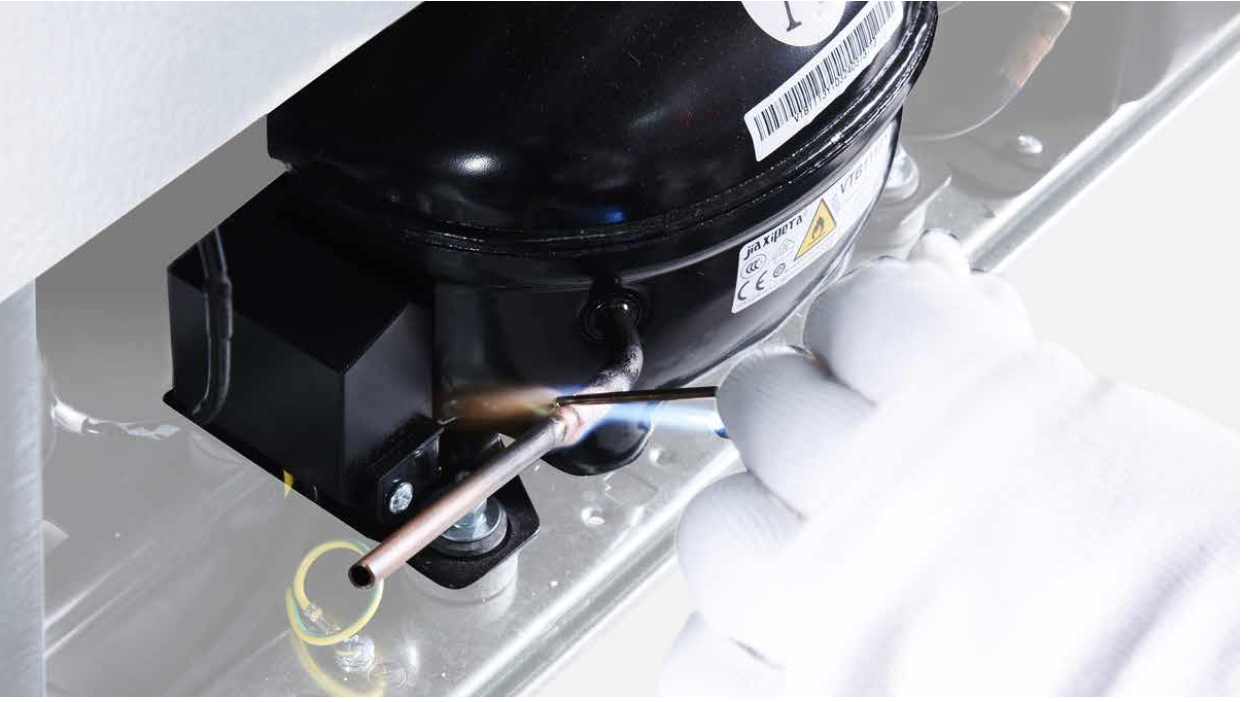
Step 9
Install quick connector onto copper tube.
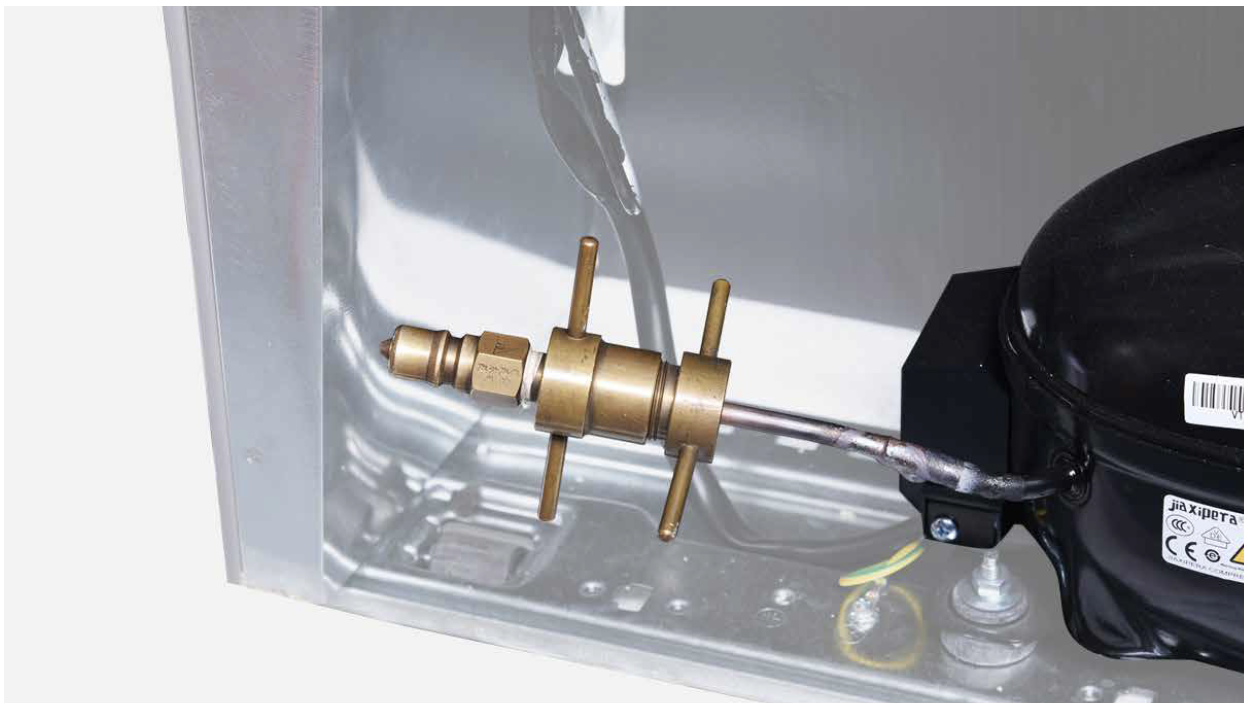
PROCEDURE 2
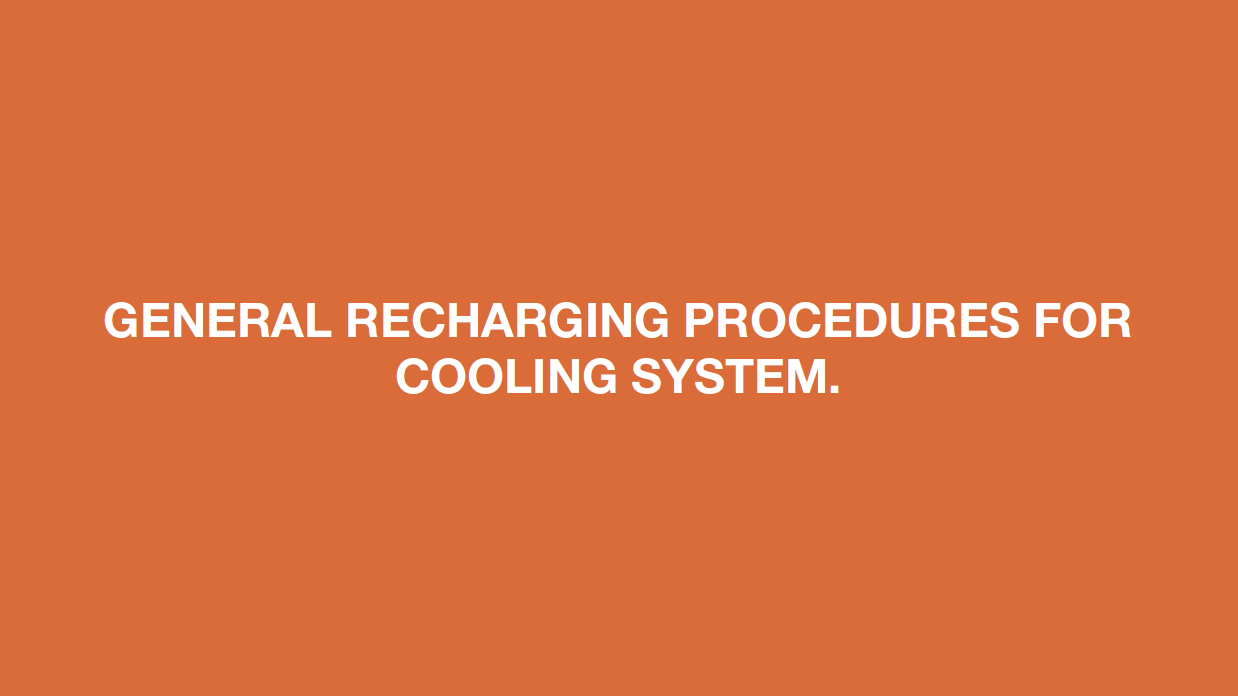
Step 1
Clean paint off brazed joint of drying-filter.
Step 2
Cut off drying-filter.
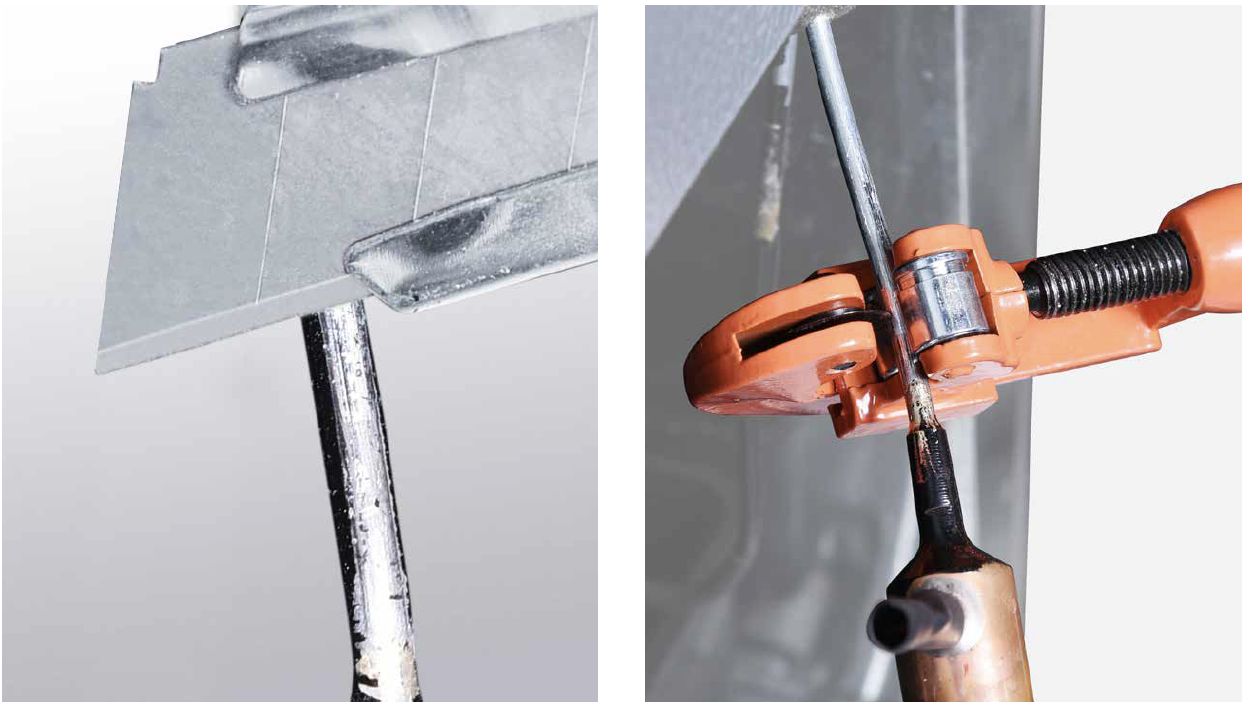
Step 3
Cut off capillary and shake to remove the cut end.Step 4
Braze on a new drying-filter.

Step 5
Inject nitrogen (1.57Mpa) through quick connector into pipe for at least 3 min to blow left refrigerant away.
Step 6
Add quick connector onto processing pipe of drying-filter.
Step 7
Perform leakage test on brazed joints of drying- filter and compressor processing pipe.
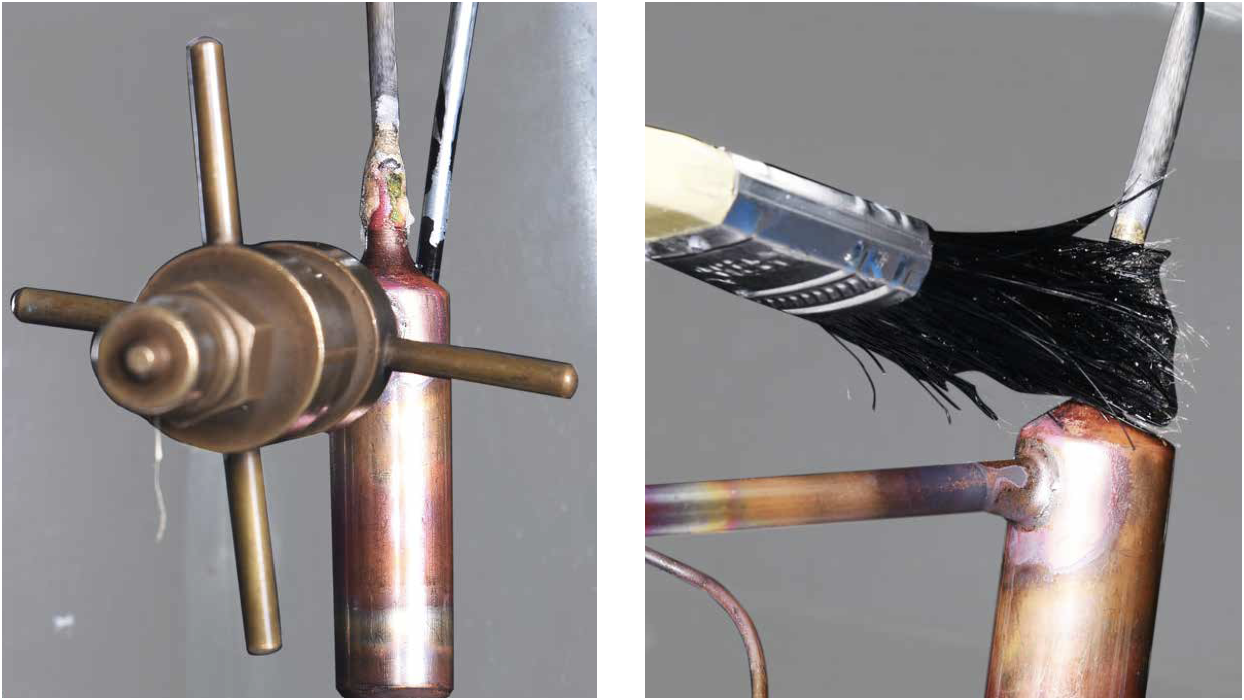
Step 8
Vacuum and recharge.Click below link to get more details for vacuuming and gas- charging requirements, on page 688
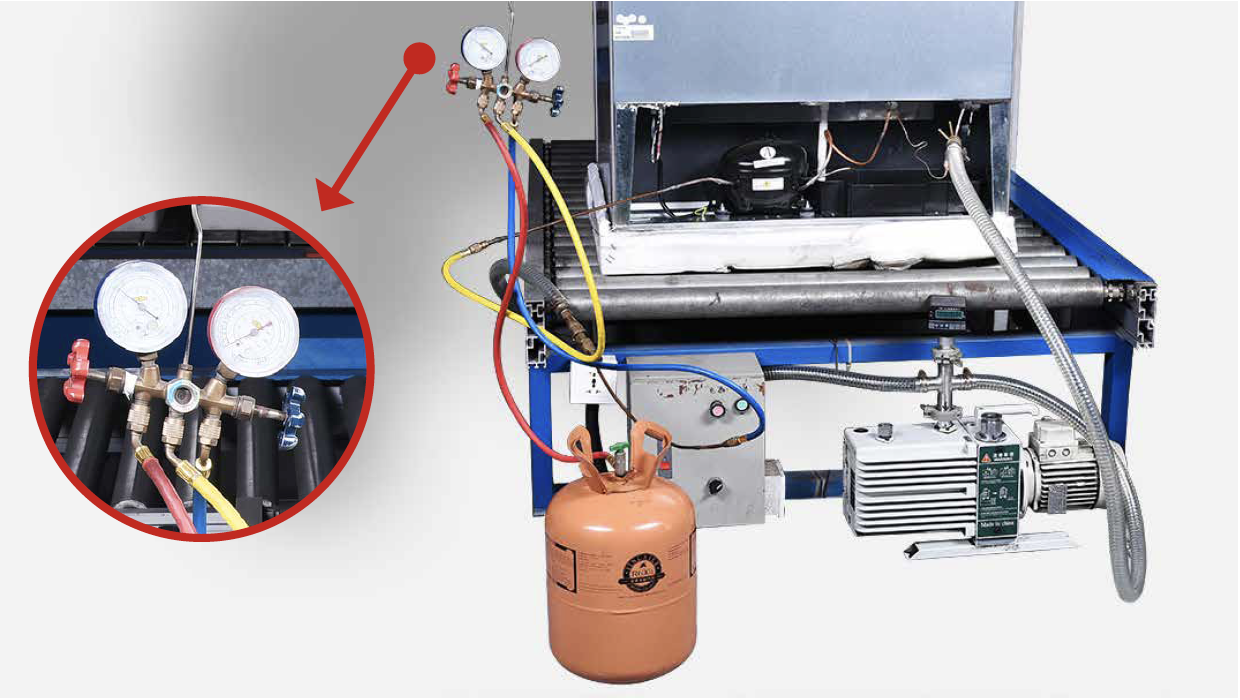
Step 9
Block processing pipe twice by locking pliers.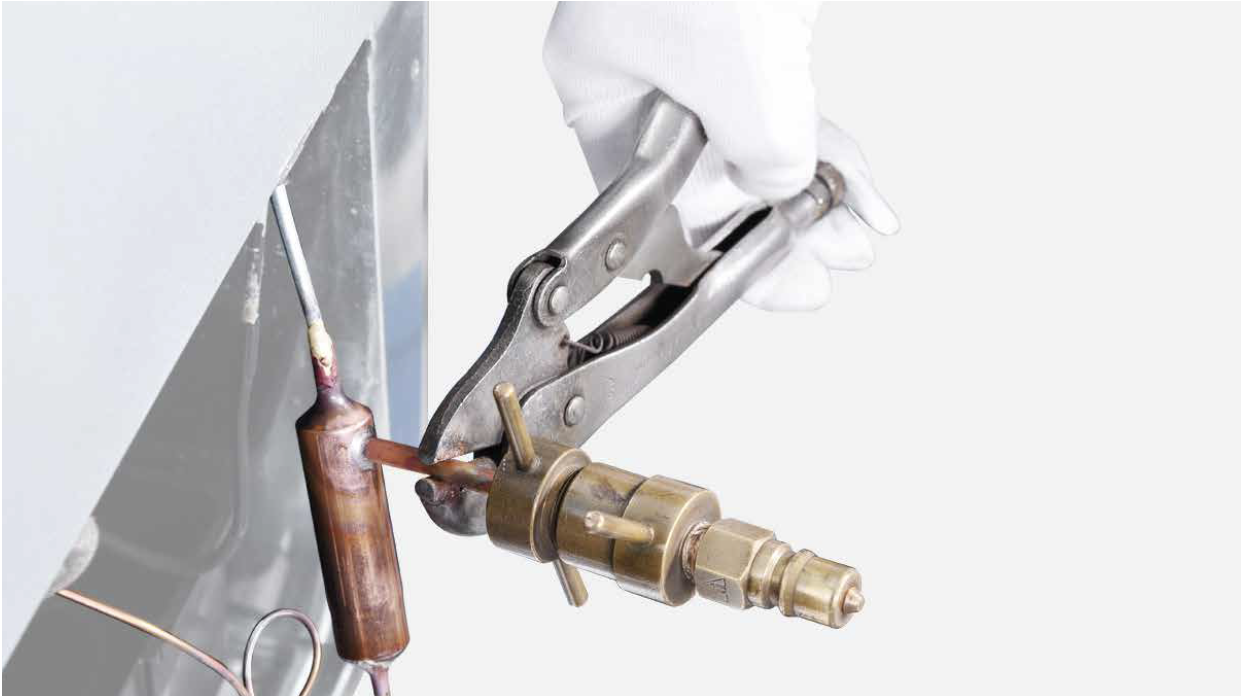
Step 10
Left locking pliers on the second blocking and cut off the rest pipe by shaking.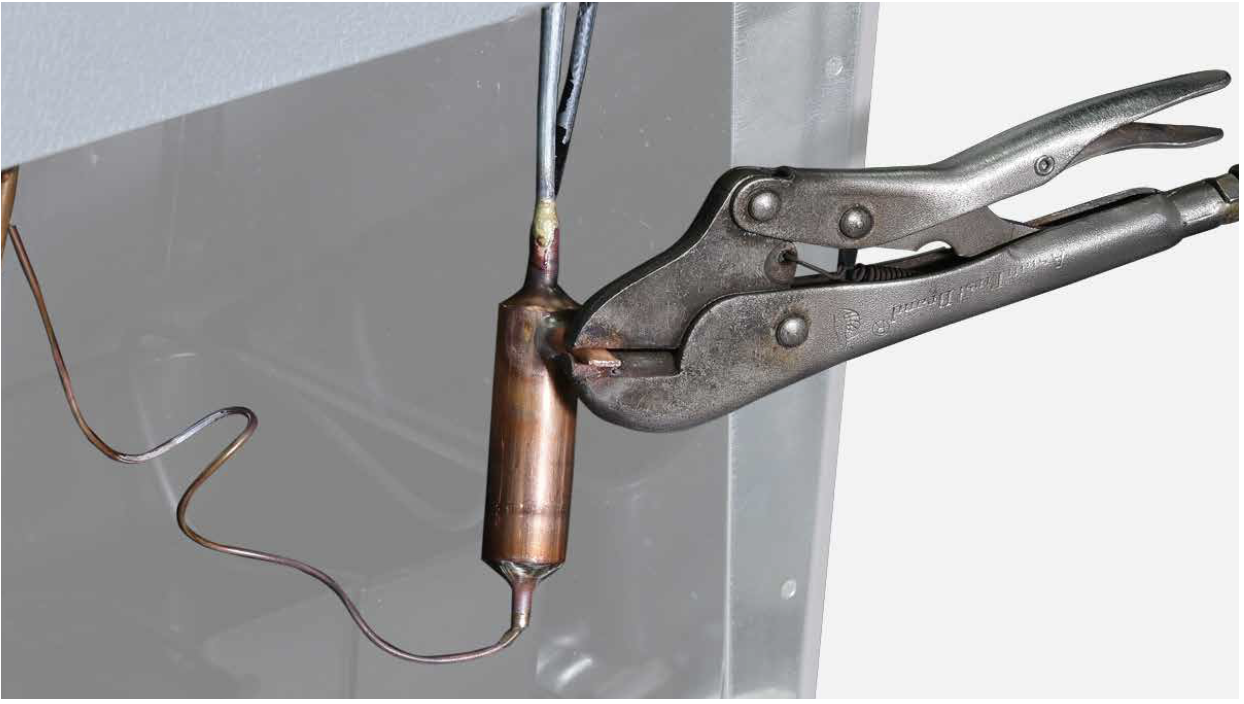
Step 11
Braze the ends and remove the pliers away.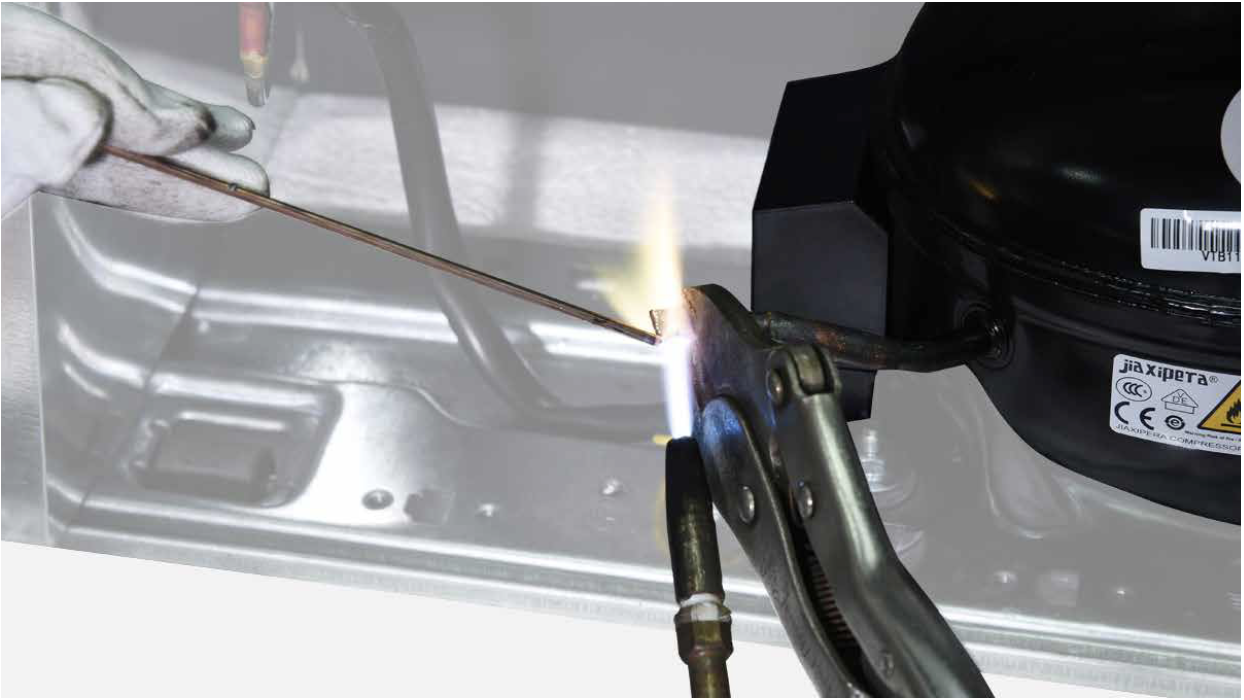
CHECK AND TEST 3
